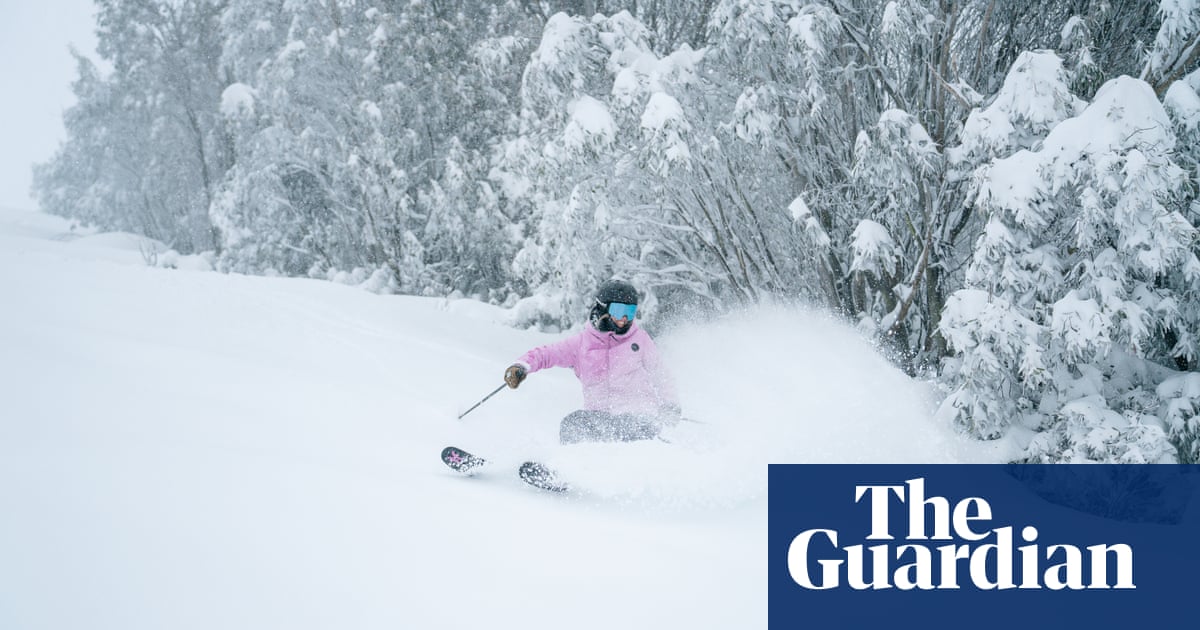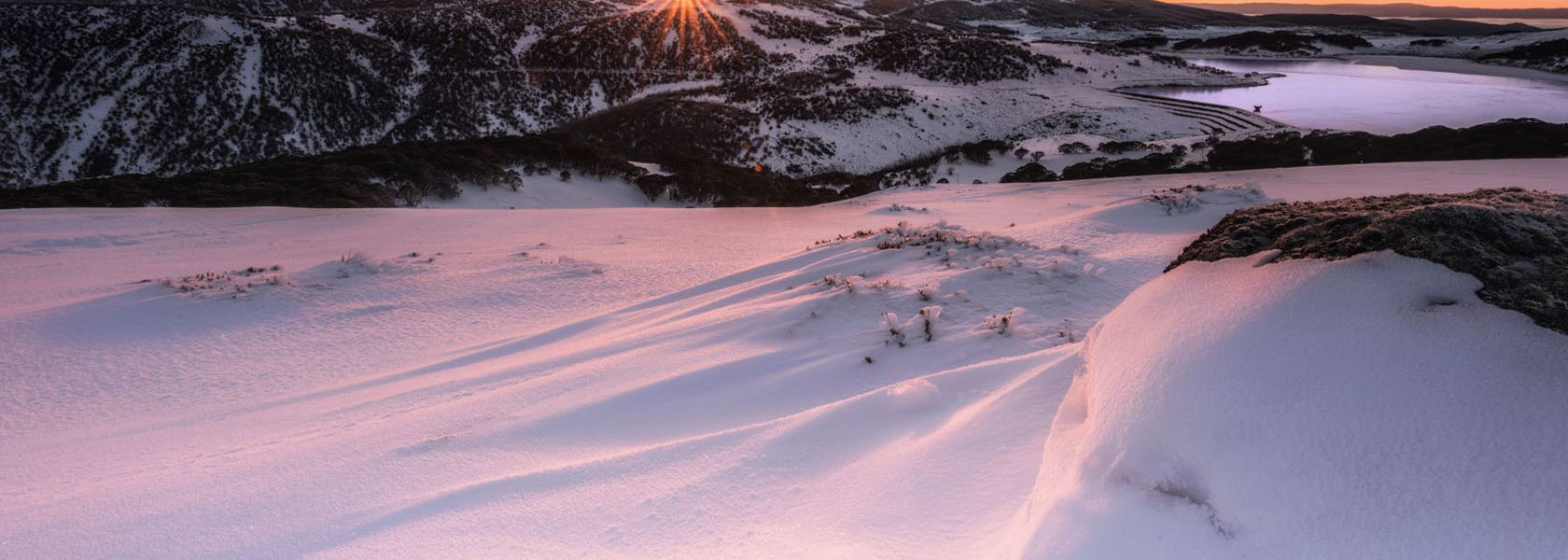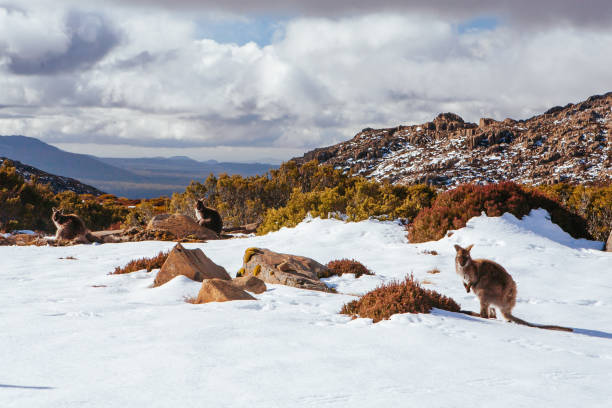The Various Sorts Of Snow in Australia and Their Effect On Winter Sports
Australia, known for its sun-soaked coastlines, is also home to a diverse variety of snow problems that dramatically affect winter months sports. Each type, from the damp seaside snow to the completely dry interior powder, presents distinct obstacles and benefits for professional athletes. An understanding of these variations is essential for those looking for to browse the Australian slopes, as each needs various strategies and resilience. The adhering to expedition will certainly talk about the ramifications of these snow kinds on winter sporting activities efficiency.

Recognizing the Features of Various Snow Kinds
While lots of assume that snow is an uniform entity, it is important to understand that there are various types, each with unique qualities. In Australia, these variations are specifically pronounced because of weather variety. Coastal snow, discovered in areas such as the Snowy Mountains, is generally wetter and denser because of high wetness material, making it suitable for snowball fights or constructing snowmen. On the various other hand, the snow discovered in the interior areas like the Australian Alps is drier and lighter, usually contrasted to a cosy powder. These distinctions in snow type aren't just aesthetic; they considerably influence wintertime sports, determining the ease of movement, the rate possible, and the degree of control needed from professional athletes.
The Influences of Powder Snow on Skiing and Snowboarding
Regardless of its light and cosy look, powder snow in the Australian Alps presents both distinct challenges and possibilities for wintertime sporting activities lovers, specifically those taken part in snowboarding and snowboarding. The loosened, dry nature of powder snow can at first be difficult to browse for beginners, calling for careful balance and control. However, for even more knowledgeable specialists, the soft, untracked snow uses an exciting experience, permitting dynamic and nimble movement. The smooth and flexible surface of powder snow also decreases threat of injury throughout falls, making it a favored option for extreme wintertime sports. It's worth keeping in mind, the varying deepness and unpredictable nature of powder can in some cases lead to hidden barriers, calling for continuous vigilance.

The Challenges and Benefits of Stuffed Snow in Wintertime Sports
Moving emphasis from the loosened, dry powder snow, one more common kind of snow in the Australian Alps is jam-packed snow, posturing its own collection of challenges and advantages in the realm of winter months sporting activities. This denser, a lot more solidified kind of snow gives a quicker, slicker surface, profiting sporting activities like downhill snowboarding and snowboarding, improving speed and accuracy. The exact same characteristics also existing obstacles. Its tough surface area can be dangerous, increasing the potential for injuries throughout falls. Controlling and navigating turns rate can be hard on jam-packed snow, calling for greater skill levels from professional athletes. Despite these challenges, loaded snow stays an essential aspect in many winter sports, shaping the efficiency and reference strategies of professional athletes.
The Role of Damp Snow in Australian Winter Seasons Games
In comparison to the thick, glossy surface of jam-packed snow, wet snow plays an entirely various role in Australian winter season video games. Snow In Australia. Its malleability makes it perfect for snow sculpting events and for fortifying snow structures in sporting activities like snow fort fights.

How Slushy Snow Influences Wintertime Sports Performance
Continuing the expedition of differing snow conditions in Australia, the effect of slushy snow on wintertime sporting activities is one more intriguing factor. Slushy snow, resulting from warmer temperatures or straight sunshine, presents unique difficulties to professional athletes. Hence, slushy snow changes the winter sporting activities landscape, requiring not only enhanced physical effort from athletes yet also a higher focus on security precautions.
Adapting Winter Sports Techniques to Numerous Snow Problems

Final Thought
In final thought, Australia's diverse snow kinds considerably affect winter season sporting activities efficiency. Each kind, from the glossy seaside snow to the drier indoor powder and the heavy, sticky damp snow, offers one-of-a-kind obstacles and benefits. Therefore, professional athletes need to adapt their techniques to navigate these differing conditions effectively. The snow's developmental function highlights the value of understanding its features to optimize efficiency and safety in Australia's winter season sporting activities landscape.
Moving emphasis from the loose, dry powder snow, another widespread kind of snow in the Australian Alps is packed snow, posing its very own collection of difficulties and advantages in the world of wintertime sporting activities - Does It Snow In Australia.In comparison to the dense, glossy surface of stuffed snow, wet snow plays this a completely different duty in Australian winter video games. Its pliability makes it suitable for snow sculpting occasions and for strengthening snow structures in sports like snow fort fights.Continuing the exploration of differing Does Australia Get Snow snow conditions in Australia, the impact of slushy snow on winter season sporting activities is one more intriguing element. Each type, from the glossy seaside snow to the drier indoor powder and the hefty, sticky damp snow, presents unique difficulties and advantages
Comments on “Explore the Most Scenic Places to Experience Snow In Australia for a Breathtaking Winter Getaway”